Discovering the Delights of Japanese and American Cherries: A Comprehensive Guide
Discovering the Delights of Japanese and American Cherries: A Comprehensive Guide
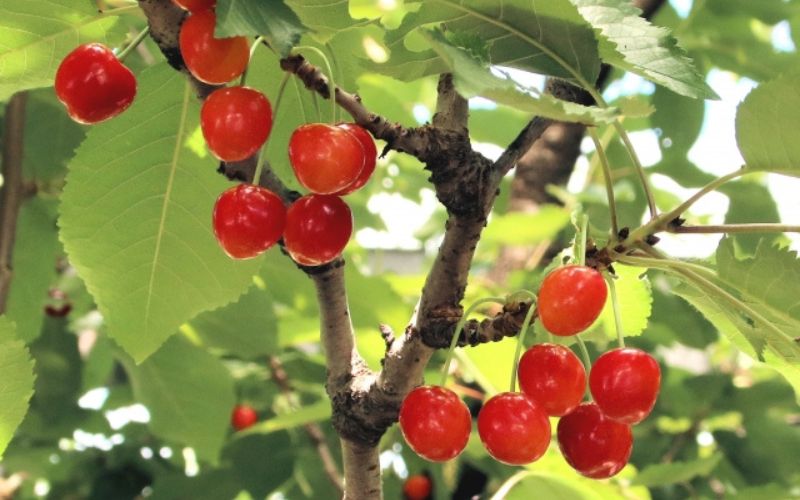
The fresh greenery of May is beautiful.
It is the season for Japanese cherries.
Japanese cherries and American cherries look very similar and can often be difficult to distinguish at first glance.
This time, we will introduce the differences between these cherries and American cherries!
Although Japanese cherries and American cherries look alike, they are actually different fruits.
When you taste them, you'll notice that the flavor and texture are different, and if you look closely, you can also see differences in color and size.
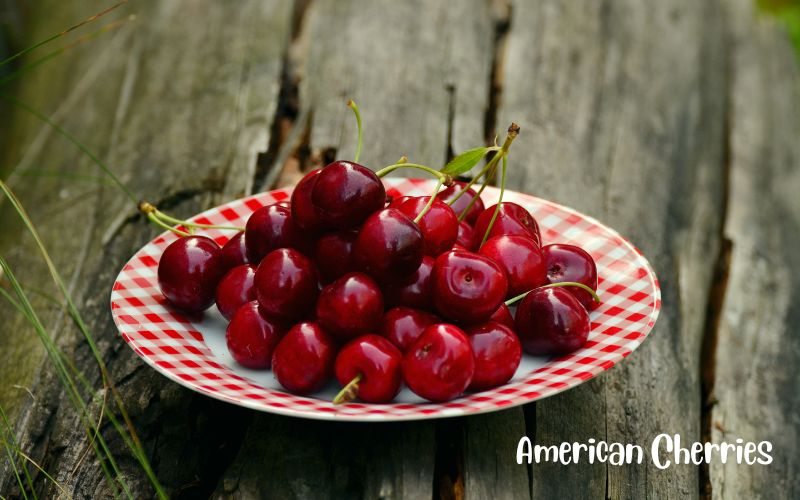
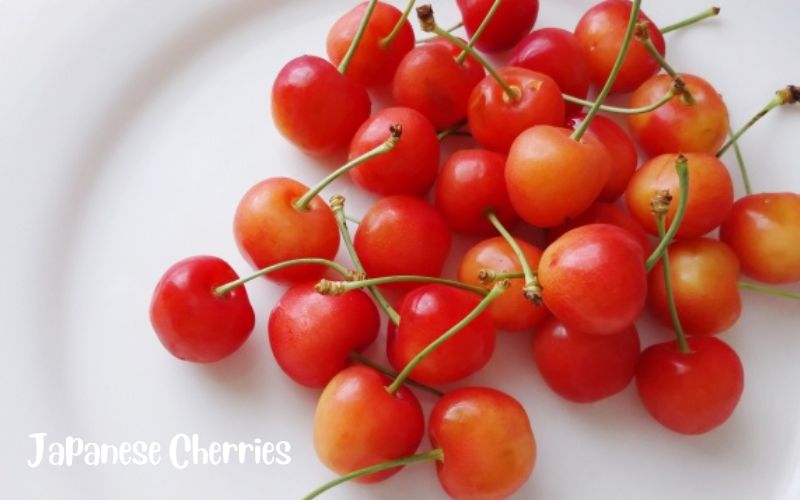
Flavor and Appearance
When it comes to Japanese cherries, they are characterized by their bright red skin, small, round shape.
In contrast, American cherries are darker, almost blackish red, and larger than Japanese cherries.
If they were lined up separately, it might be hard to tell which is which, but when compared side by side, the differences are clear.
In terms of flavor, Japanese cherries have a refined sweetness with a moderate tartness, while American cherries are intensely sweet and rich, providing a more substantial bite.
Both are suitable for eating fresh or for cooking, but Japanese cherries are generally preferred for fresh eating, while American cherries are recommended for making jams and baked goods.
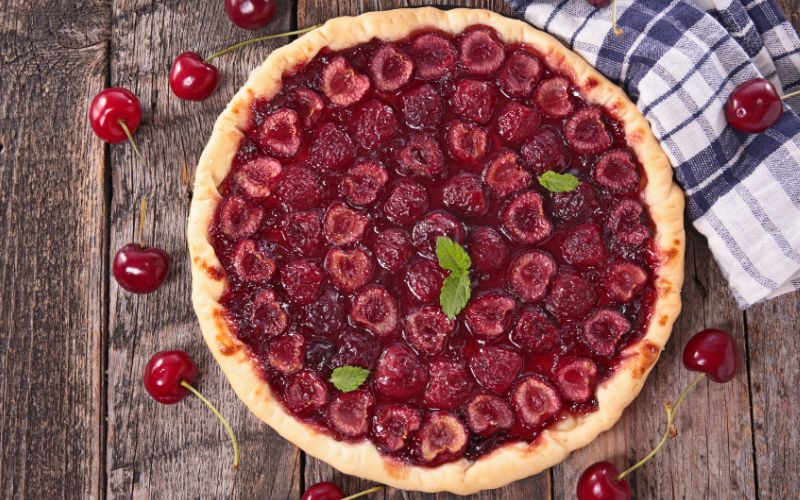
Growing Regions
Japanese cherries and American cherries both come from the same species, Prunus avium, but are distinguished by their growing regions and treated as different fruits.
Japanese cherries refer to those produced domestically in Japan, with Yamagata Prefecture, Yamanashi Prefecture, and Hokkaido being major production areas.
Yamagata Prefecture, in particular, is known as the top producer of Japanese cherries and is the birthplace of the popular "Sato Nishiki" variety.
On the other hand, American cherries are cherries produced in the United States, mainly in California, Oregon, and Washington. The varieties commonly seen in Japan include "Bing" and "Rainier."
Sato Nishiki
Sato Nishiki is considered the "king" of Japanese cherries and is a popular choice for high-end gifts.
When ripe, Sato Nishiki cherries turn a deep red and have a beautiful luster.
They are very sweet and juicy with an excellent flavor, making them highly regarded for their taste.
Furthermore, they often produce large, firm fruits that are satisfying to eat.
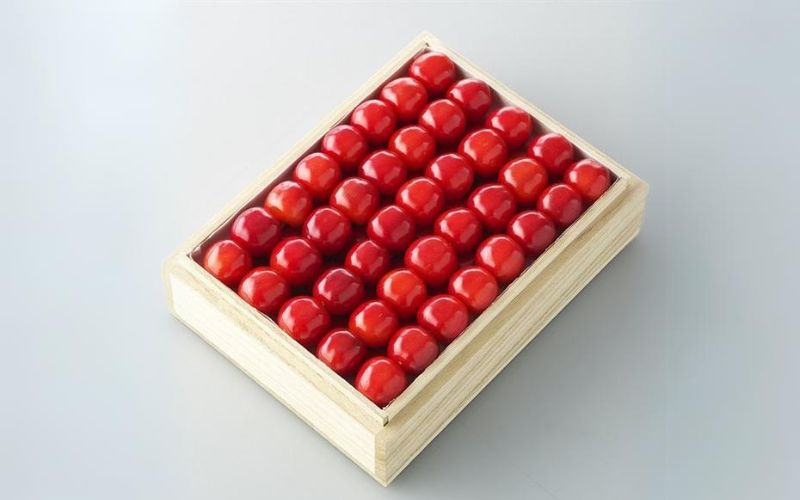
At the first auction of the year, a 500-gram box of Sato Nishiki cherries sold for 1.3 million yen.
The Sato Nishiki cherries at the auction were uniformly large, about 25-28 millimeters in diameter, and a deep glossy red.
Simple calculations based on the auction price suggest that each cherry would cost about 15,000 to 19,000 yen.
While cherries sold in supermarkets are about 20 to 30 yen per cherry, premium Sato Nishiki cherries can cost around 300 yen each.
Nutritional Value
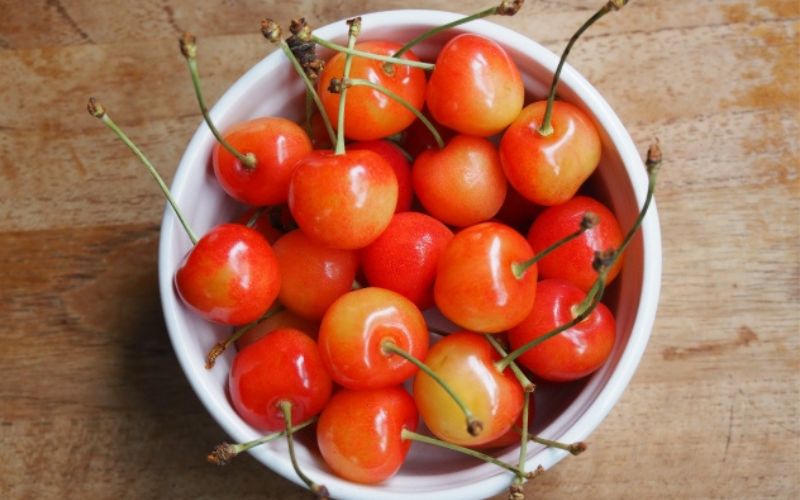
Japanese cherries are known as a "treasure trove of vitamins" due to their high vitamin content, including vitamins C, A, and B.
These vitamins are essential for maintaining healthy skin, and incorporating them into your diet can help you achieve beautiful skin!
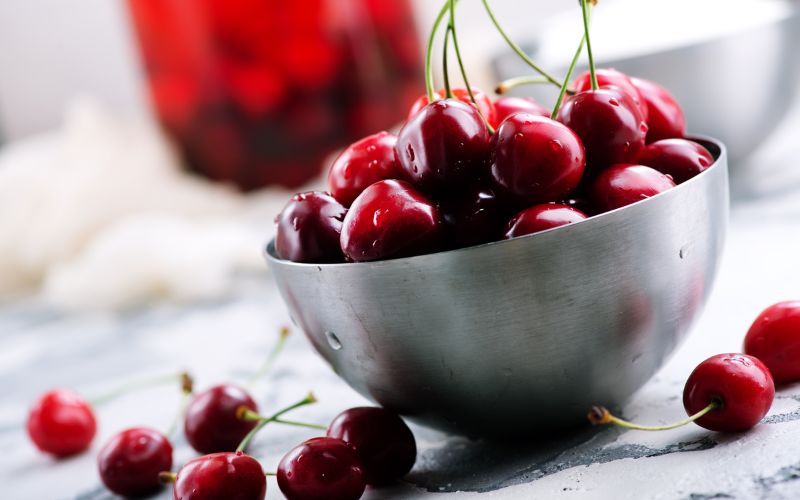
In contrast, American cherries are rich in polyphenols, which have antioxidant properties.
The deep reddish-purple color of American cherries comes from anthocyanins, a type of polyphenol, which can help with anti-aging and relieving eye strain.
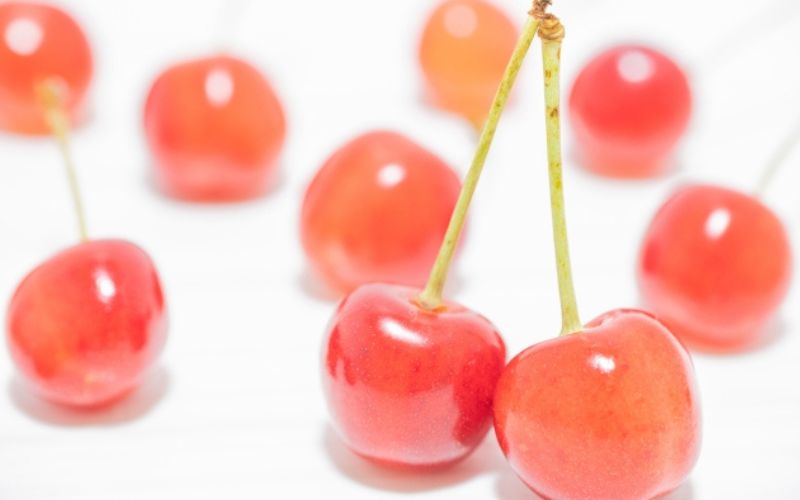
Both Japanese cherries and American cherries have many great qualities!
Enjoy seasonal fruits to stay happy and healthy!
Visit our store on Amazon.com✨
We have many high quality premium foods there!
We have a store on Amazon.com Australia!😊



Facebook Comments